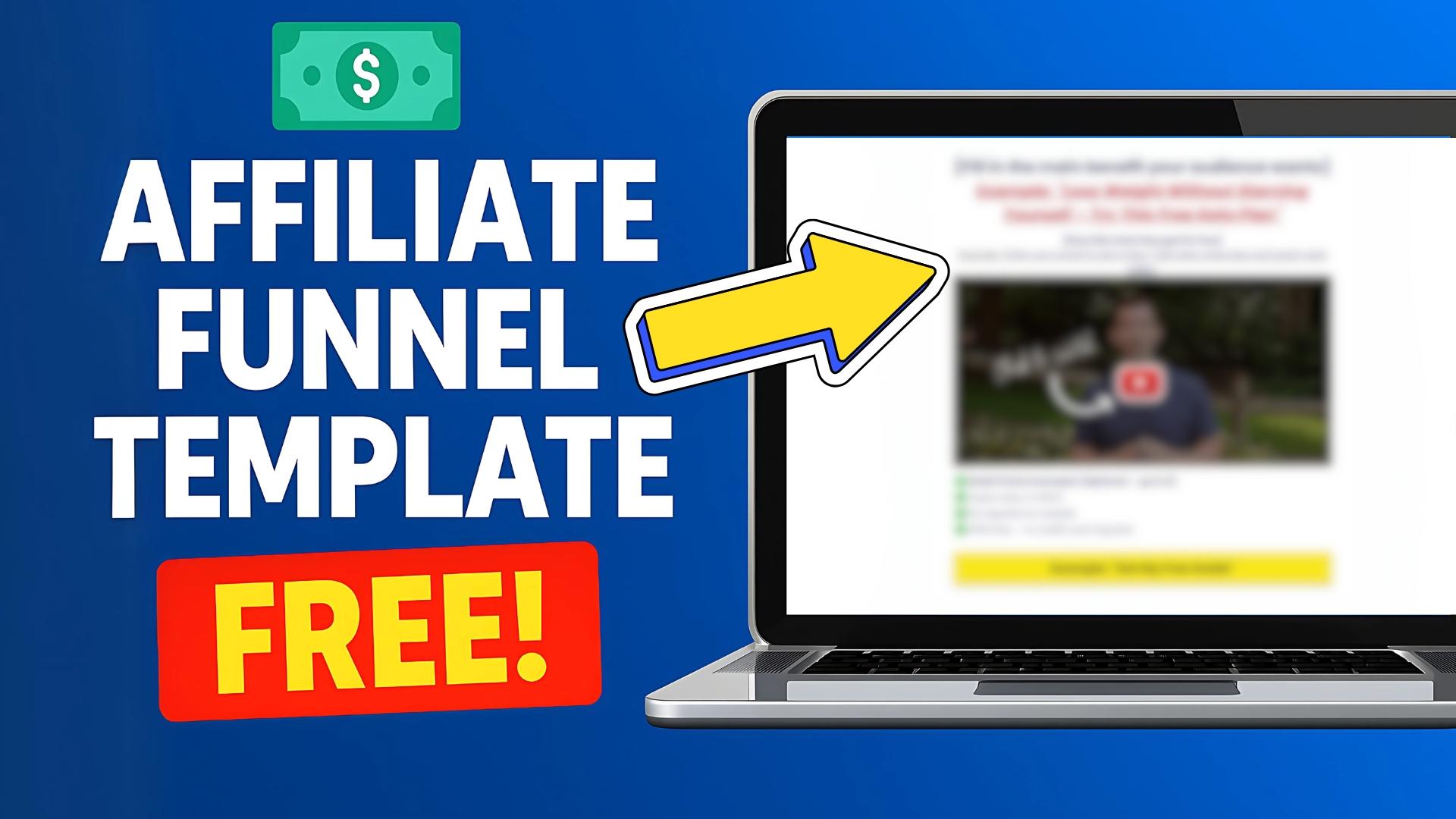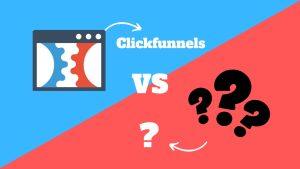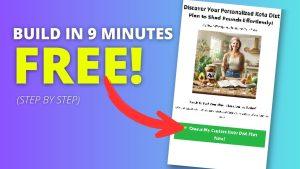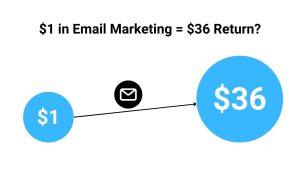Affiliate marketing is presented like some sort of super simple 3-step system to make money through the internet.
The reality is a bit different, actually.
Starting anything online today is super complicated—basically because of information overload.
Yes, even this article can mess with your decision, because you’ve probably already read a few others and watched countless YouTube tutorials.
I get it.
So let’s focus on one type of affiliate marketing—the one where you create a funnel, send traffic to it, and when everything’s done right, the funnel will convert and you’ll start making money.
When I launched my first affiliate funnel, I spent hours messing around with different platforms.
I wanted to save money, so I tried some free ones that were terrible, to be honest.
Then I tried some paid ones that would’ve bankrupted me if I kept using them—because my funnels were terrible, too, and I was only making a little.
That’s why I switched to Systeme.io—and never looked back.
Yes, especially if you’re just starting out, I honestly can’t think of a better option.
In this guide, I’ll walk you through every step of launching your first affiliate funnel using Systeme.io.
And hey—no need to build everything from scratch.
I’m giving you a free, plug-and-play template you can customize and launch today.
👉 Grab it here: Free Systeme.io Funnel Template
Table of Contents
Why Systeme.io is Perfect for Affiliate Marketing Beginners
If you’re brand new to affiliate marketing, Systeme.io is hands-down one of the best tools to start with.
Here’s why:
- It’s 100% free to start. This is not some sketchy marketing tactic—it’s really 100%. Of course, there are paid plans, but 90% of beginners won’t need them anyway.
- Everything is in one place: funnels, email marketing, automation, even blogging.
- You don’t need to know how to code—everything is built in a drag-and-drop editor.
- It saves you money—no need for separate tools like ClickFunnels, ConvertKit, or paid hosting.
- It scales with you—start free, and eventually upgrade if needed.
I wish this existed when I got started.
My first affiliate landing page was actually built with HTML and PHP.
Any change I wanted to make was super complicated for me.
I still don’t know how to use HTML or PHP, by the way 😀
If a tool like Systeme.io had existed back then, it would’ve saved me months of trial and error.
What Makes a High-Converting Affiliate Funnel?
So what makes someone actually click, sign up, and buy?
Here’s the formula I stick to:
- Simple Funnel Structure: Squeeze Page ➝ Thank You Page or a Landing Page with just a call-to-action button linking directly to the offer.
- Lead Magnet: Offer something useful for free (like a recipe in the weight loss niche, for example). A lead magnet isn’t necessary if you don’t want to collect emails.
- Clear Headlines: You’ve only got a few seconds to grab someone’s attention, so your headline is your main focus. If no one reads your headline, the rest doesn’t matter.
- Essential Footer: Add privacy policy, terms, and conditions pages. Without these, you can run into trouble—especially if you’re running paid ads like Facebook or YouTube.
How to Launch Your First Affiliate Funnel
Here’s exactly what to do:
Step 1: Get the free funnel template + launch checklist
I built a ready-to-go funnel that includes a squeeze page and thank you page.
👉 Grab it here: clickversity.com/free-template
Step 2: Follow the checklist and launch your funnel in 8 easy steps!
Promoting Your Funnel for Free (Beginner-Friendly Strategies)
Even if your funnel is perfect—without traffic, it really doesn’t matter.
And no, you don’t need to run ads to get results.
Try these instead:
- Facebook Groups: Find ones in your niche, offer value, and share your funnel when appropriate
- Pinterest: Create pins for your lead magnet and funnel—this brings long-term traffic
- YouTube Shorts or TikToks: Show a quick result or give a tip, then direct people to your funnel
- Blog Post or Medium Article: Write a helpful guide and link to your funnel
- Instagram Reels: 15 seconds is enough to tease your lead magnet
These are free, evergreen strategies.
It takes time, but it’s free—and if done properly, it can be a consistent source of traffic.
Avoiding Common Mistakes (So You Don’t Waste Time or Money)
There are things you should definitely check before going live, so make sure you don’t make these mistakes (and yes, I’ve made most of them):
- Not testing the funnel before sending traffic—leads go nowhere
- Forgetting to deliver the lead magnet or set up email automation
- Writing long, confusing squeeze pages—keep it short and clear
- Ignoring mobile responsiveness—most users are on their phones!
Never, ever skip this part.
Always check your funnel before sending traffic.
ALWAYS!
Conclusion: Your Funnel Is Ready—Time to Launch!
Done!
Congrats!
If you made it this far, you’ve got everything you need to start sending traffic.
Launch your funnel, get feedback, and tweak as you go.
And if you don’t want to start completely from scratch, definitely use the free template I created.
👉 Grab your free funnel here: clickversity.com/free-template
If you found this guide helpful, feel free to share it with others just getting started.
Let’s help more beginners skip the tech headaches and start earning online—faster.





